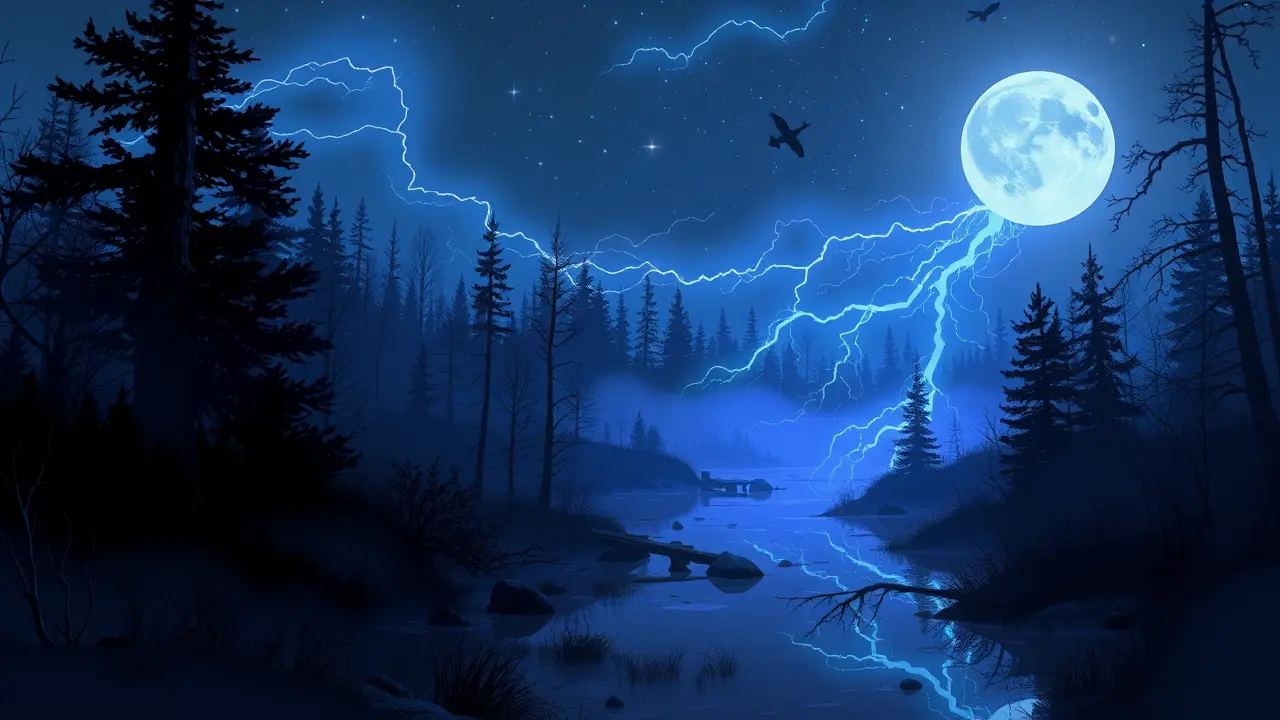Scientists Discover Potential Origins of Will-O'-The-Wisps and Life
For centuries, the ghostly floating lights known as will-o'-the-wisps have haunted our collective imagination, appearing in the dank swamps, creepy moonlit forests, and foggy graveyards of folklore as spectral guides or malevolent tricksters. Now, a groundbreaking scientific hypothesis suggests these elusive phenomena might not be mere figments of superstitious minds but could, astonishingly, be tied to the very origins of life itself, a revelation that feels as profound as discovering a new law of planetary physics.Researchers are proposing that these eerie illuminations are the visible manifestation of complex chemical reactions occurring in specific organic-rich, water-saturated environments—essentially, natural bioluminescent processes or even slow combustion of gases like methane and phosphine, released from the decomposition of plant and animal matter, creating a cold light that dances just beyond reach. This isn't just about solving a spooky mystery; it's a paradigm shift in how we understand the transition from non-living chemistry to biological life, suggesting that the same primordial soups that might have spawned the first self-replicating molecules on Earth could also produce these enigmatic lights as a byproduct.Imagine the shallow, anoxic pools of early Earth, some four billion years ago, where lightning strikes or geothermal heat triggered the formation of amino acids and lipids in a process eerily similar to the conditions that generate will-o'-the-wisps today—these lights could be a faint, lingering echo of the planet's first stirrings toward biology, a beacon from the abiogenesis era. The implications are cosmic; if such processes can create complex organic compounds and visible energy discharges here, then similar phenomena might be detectable on other worlds, like the methane lakes of Titan or the subsurface oceans of Enceladus, using next-generation telescopes and probes to hunt for spectral signatures of life-initiating chemistry.Dr. Eleanor Vance, a leading astrobiologist at the Institute for Advanced Study, elaborates, 'We're looking at a potential universal pathway—where geochemical gradients in wetland-style environments not only foster the assembly of protocells but also emit photons, meaning that the search for extraterrestrial life could include scanning for anomalous, transient glows in otherwise dark landscapes.' This research builds upon the classic Miller-Urey experiment from the 1950s, which demonstrated how lightning in a primordial atmosphere could generate amino acids, but now extends it into the realm of photonics and field observation, with teams deploying hyperspectral cameras in peat bogs from Scotland to Louisiana to capture and analyze the exact emission spectra of these lights. Critics, however, urge caution, pointing out that many historical sightings could be attributed to mundane sources like ball lightning, swamp gas ignition, or even misidentified bioluminescent fungi, and that directly linking these lights to life's genesis remains highly speculative without isolating a replicable, life-generating reaction in a lab that also produces a will-o'-the-wisp effect. Yet, the poetic symmetry is undeniable: the same forces that once lit the fuse of life may still be casting their faint, mysterious glow in the world's forgotten corners, inviting us to look deeper, not with fear, but with the unwavering curiosity that drives all great scientific discovery.
It’s quiet here...Start the conversation by leaving the first comment.
